Branding Hannibal: When Quality TV Viewers and Social Media Fans Converge
Post by Allison McCracken (DePaul University) and Brian Faucette (Caldwell Community College)
[Note: This is the first of a three-part series highlighting some of Hannibal‘s unique contributions to the television world, to commemorate its final week on NBC. The images and video in this post contain spoilers. Also macabre humor.]
Hannibal completes its third (and last) season this week, despite its critical acclaim and the devotion of its passionate fanbase (known as “Fannibals”). Critics have praised the program’s reconceptualization of the horror series and its compelling version of the familiar Hannibal character, but Hannibal has left its mark in other ways as well. This short series of posts examines how Hannibal has engaged with questions of gender: in remixing the markers of quality TV, in embracing the potential of its position within the fannish archive, and in privileging a complex teen girl character within its narrative.
A common exclamation for new viewers of Hannibal is “I can’t believe this is on network!” This astonishment reflects the dominant cultural hierarchies of value in which television critics have elevated non-network shows as “quality TV” for discerning viewers over network shows largely assumed to be mindless fodder for the undiscerning masses. As Elana Levine and Michael Z. Newman have argued (and critic Noah Berlatsky recently affirmed), such critical divides of taste and value perpetuate inequalities of class and gender in which quality is associated with middle class, male audiences/”masculine” tastes, and non-quality tv with mass, largely female audiences with “feminine” tastes.
This divide has become even more obvious as white middle-class audiences have largely fled the networks, preferring the suburban pastures of original programming on HBO, Netflix, Amazon, etc. In the face of this divide, networks have been even more willing to serve the audiences that remain by developing programming for undervalued viewers such as teens, women, queer people, and people of color, many of whom still watch live TV. In addition, networks have developed more programming from less critically regarded pulp genres (as opposed to “adult dramas”) such as musicals, science fiction, and horror.
NBC’s Hannibal is unusual in its ability to bridge this cultural divide by successfully developing a “class and mass” brand that has provided an innovative, unique model of program and promotion. Hannibal‘s brand appeals to and actively serves both quality TV audiences and an intensely invested fan base, led primarily by young women utilizing social media. The easy co-existence of these seemingly odd bedfellows is particularly remarkable given that the presence of young women is often seen to degrade (“feminize”) the quality bona fides of any media product. Yet just as Hannibal queered its source material, the program’s producers were able to develop a mode of promotional address that combined quality markers with overt acknowledgements of its fandom. Far from “degrading” the text, this integration has resulted in a richer, more experimental, more politically progressive program and a more inclusive viewer experience.
In 2011, amidst the backdrop of reboots, rebranding, origin stories, and sequels, Hannibal seemed to be a perfect fit for NBC. The recent popularity of horror on American television—in series like The Walking Dead and American Horror Story—suggested to the network that a reboot of the familiar character of Hannibal Lecter would allow them to tap into this growing viewer demand. At the same time, NBC sought to establish a “quality” brand for the show. For example, the network committed to thirteen episodes rather than a full season, a break with network traditions that replicated the practices of cable’s prestige programs. The network also chose to skip the pilot stage because of the involvement of the French Gaumont studio group, who purchased the rights to the novel—and thus the characters from—Thomas Harris’s Red Dragon, which would serve as the foundation for the series. The inclusion of Gaumont as a producing partner gave the show an international feel; European high-art aesthetics were evoked throughout the series, which included location filming in Paris and Florence.
Gaumont’s CEO Katie O’Connell then hired Bryan Fuller to write the first script and serve as showrunner. As the creator of several critically acclaimed series including Pushing Daisies (2007-09), Fuller brought with him his own auteur brand. He promised to reimagine the source material by altering key aspects of the original books, including diversifying the cast; focusing on character development and motivation; and establishing a signature lush, beautiful, and sophisticated style for the program that would look and feel expensive. Likewise, NBC promoted these “quality” production aesthetics throughout its publicity for the series.
Still, Hannibal struggled to find an audience on NBC, which, unlike premium outlets, needed the buy-in of at least a portion of its mass audience for the program to succeed. In this regard, the network and the program’s producers encouraged the activities of the Fannibals. Demographic research suggested that a significant portion of the audience was “young, smart, well-read women,” which delighted Fuller, who adored their creative production, their appreciation of the show’s dark humor, and their emotional investment in his development of a romance between Hannibal and Will Graham. The network embraced the community, setting up an official Tumblr account for the series and sponsoring a fan art contest (winners below). The NBC Hannibal Tumblr mods have been widely praised for their understanding of the platform and their supportive, respectful interaction with fans.
In addition, Hannibal‘s producers and cast members, led by Fuller (in flower crowns, below), have frequently used Twitter to encourage fan activity, including regularly live-tweeting episodes; re-tweeting fan art and GIFs; and giving fans access to script pages, production details, and set photos. This sense of community between the series producers and its fans generated tangible results in the form of a third season renewal, as network officials and producers have openly acknowledged. This final season has both rewarded Fannibals’ ardor and affirmed quality TV tastes by further shifting the series from its procedural beginnings. Set partially in Europe, this season utilizes an art-house style of filming and focuses on character relationships in even more depth and detail, particularly that between the two leads. By developing program content that appealed to viewers across gender and class lines and by involving and supporting their “feminized,” network audiences, Hannibal constructed both an innovative program text and a series brand that will hopefully inspire television producers working across platforms to explore more ways of blurring cultural hierarchies.

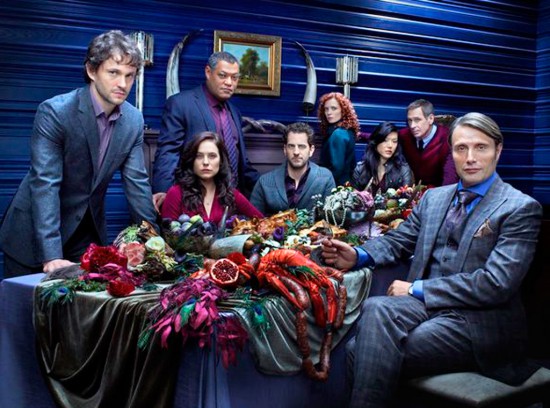
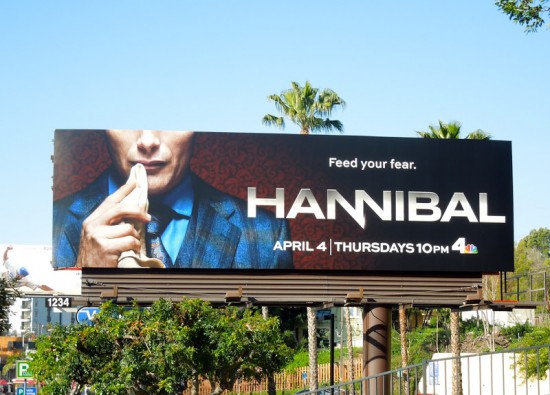
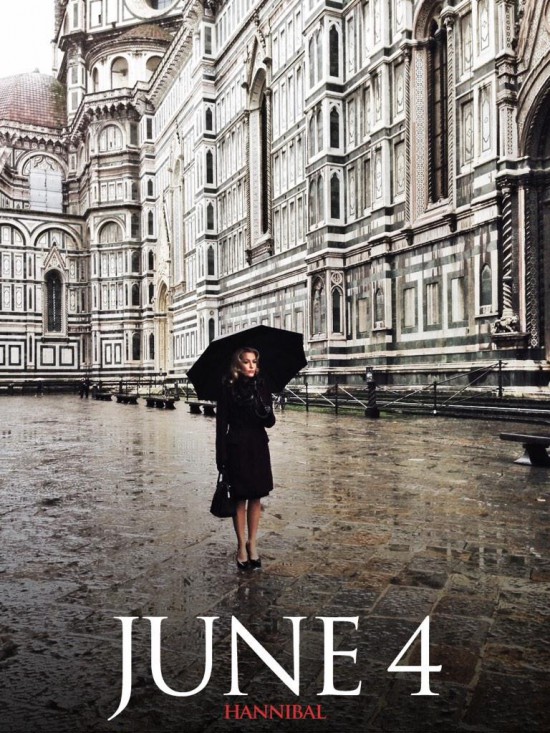
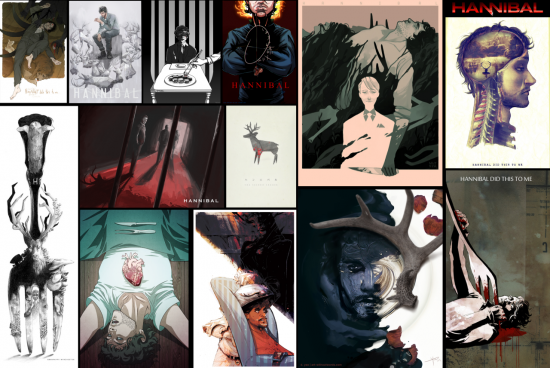
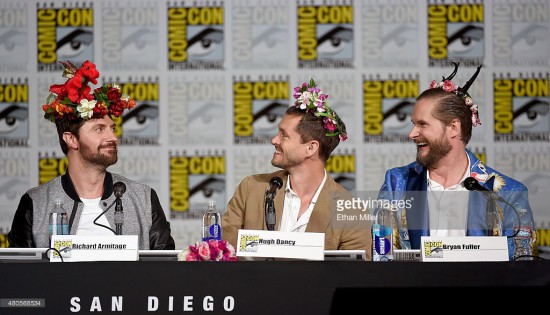


Hannibal and its production team have been a gift, and the Fannibals brought me out of years-long retirement from active participation in fandom. I have watched the Fannibal gift economy develop, flourish, and produce some truly amazing things. And it is perhaps because I have personally invested so much into the fandom that I was so alarmed when Fannibal labor began to be explicitly exploited in some of the Save Hannibal campaigning that sprung up after NBC’s cancellation. I hesitate to lay blame at the feet of the production team that has historically been so fandom-friendly and would like to think that intentions on all sides were pure, but some rather disturbing trends sprang up in the hours and days following the announcement, and, without providing any insight into the official fight for renewal, the show’s social media accounts did nothing but encourage fans in their grassroots efforts to #LetHannibalLive (http://idontfindyouthatinteresting.co.uk/post/122629291980/the-winnowing-wind-and-i-have-been-chatting-as-we) and game Twitter statistics (http://existingcharactersdiehorribly.tumblr.com/post/122807693581/trending-problems?).
While save-our-show campaigns are nothing new, I worry that the vocal encouragement of those in charge and the increased visibility and accessibility of this particular effort on these particular platforms is a sign of what is to come. I have very much appreciated and enjoyed the active involvement of Hannibal’s creators in its fan labors, but if Hannibal is picked up by another distributor and its renewal is attributed to the work of its fans, round-the-clock mass tweeting taken in shifts may become the expected response of fans rather than the exceptional response. If fans are already asked to be financial backers of the continuations of their favorite stories through crowdfunding, the usual word-of-mouth labor of fans may become even more of a commitment. Who needs to pay a publicist when there is a dedicated fanbase to invest hours into tweeting about your show?
And all of my criticism is made even more troubling by the fact that this show has done such a fantastic job of, as you have explained so well, courting and cultivating a fanbase that serves so many niche and under-represented demographics. Hannibal has of course always necessarily been a capitalist product, but only at the end did it begin to seem exploitative. I’m not ready to retire my “Bryan Fuller: Benevolent Overlord” Tumblr tag, but I worry where we go from here.
This is such an important intervention in this discussion, Robin, and I really appreciate your insightful comment and concerns. Indeed, we can’t forget the inequalities that always exist in the producer/fan relationship and the potential for fan exploitation as laborers in the ways you discuss here. It’s ironic, of course, that programs like Hannibal, whose outreach and support of often under-valued fans has been such a wonderful industry example of transgressing cultural hierarchies, are also most at risk of exploiting these devoted fans when the chips are down. I share your hope that some of the more troubling aspects of this renewal frenzy do not set a precedent for fans to feel pressured — either by producers or by other fans (which also seems key here) — to perform labors that, as you say, are not their primary responsibility (this is not to discount, of course, the real pleasure and satisfaction many fans feel about showing their support of a program that serves their interests).
Hannibal has been such a groundbreaking show in terms of its interaction with fans, especially through social media; as such, I believe it provides an important site for identifying how producer/fan and fan/fan interactions operate differently on those sites than others and perhaps require the development of new kinds of ethical models specific to these relationships.